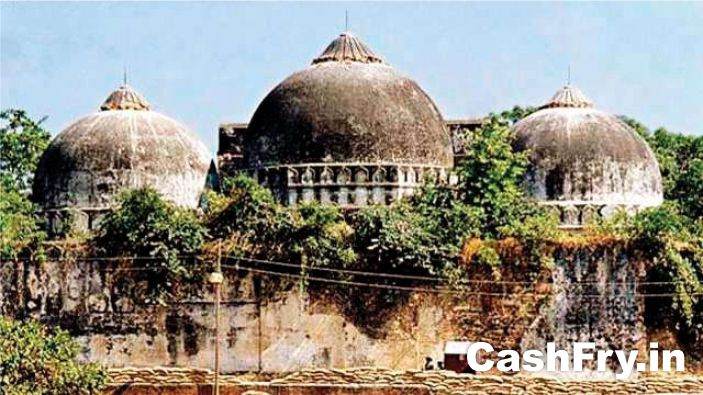Meenakshi Amman Temple History:
Meenakshi Temple is also known as ‘Meenakshi Amman’ and ‘Meenakshi Sundareshwara’. It is built on the bank of Vaigai River. Meenakshi is a form of Goddess Parvati and Sundareshwara is the form of Lord Shiva. It is situated in Madurai in the state Tamil Nadu.
Meenakshi is a word-driven from meen+akshi. Meen means fish and akshi means ayes, fish-eyed Goddess.
You can book your Air Ticket at Discounted fare with MakeMyTrip Domestic Flight Coupons. At Make My trip You can also check out hotels in Madurai near Meenakshi Temple.
Construction & Architecture of Temple:
The temple was built by the King Kulasekara Pandya during 1268-1308.
There are 14 gateway Towers up to 170 feet high. There are more than 30000 sculptures in the temple. There are sculptures of Lord Krishna, Brahma, Vishnu, and other Gods and Goddesses. The temple is built in the traditional style of Shaivism. The temple is surrounded by the huge walls to safeguard from further damages and invasions.
There is a hall named as Ayirakkal which has got about 1000 pillars. The whole temple complex is spread in the area of 14 acres.
Among Seven Wonders of World:
Meenakshi temple is nominated among new Seven Wonders of the World. About 16000 people visit the temple every day. There is a collection of about Rs 1 Crore as donations during the year.
Porthamarai Kulam Pond:
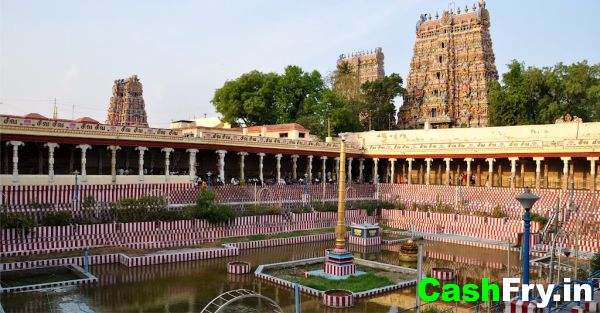
There is a pond in the temple premises. In the early days, Golden Lotuses were growing in the pond. The pond is named as Porthamarai Kulam which means the pond with the Golden Lotuses.
Because the temple is in the heart of the city Madurai, it is believed that the temple is planned since the development of the city Madurai about 2500 years ago.
Invasions by various Thieves:
A few Muslim kings like Allauddin Khilji tried to destroy the temple. His army general Malik Kafur looted the temple and tried to damage a part of it. The temple was rebuilt and renovated in the 16th-17th century. The temple was damaged during British rules. Latest, the restoration was done by the Tamils from 1959 to 1995 with the help of donations from the general public.
Tirukalyanam Festival:
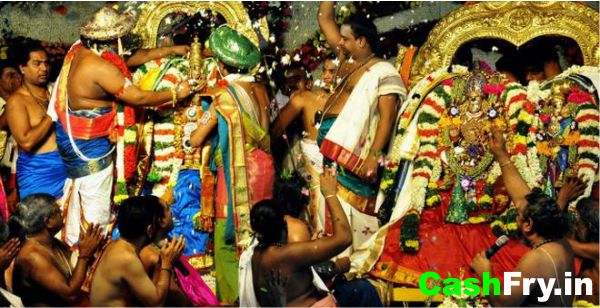
Tirukalyanam Festival is celebrated in April. More than a million people get together during the festival days, about 10 to 12 days. The festival is also known as Chithirai Thiruvizha because it is celebrated during the Chithirai month.
Gopurams:
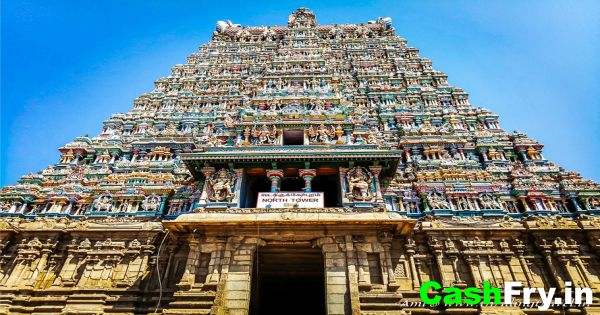
In Sanskrit, Gateways are called as Gopurams. The temple has got 4 main gopurams and 14 Gopurams in total, which are gateways for the different shrines.
Kodaka Gopuram is attached to the main shrine of Goddess Meenakshi. It has got five storeys.
Sundareswarar Gopuram opens for Shiva Shrine. It was built by King Kulasekara Pandya.
Chitra Gopuram depicts the significance of Hinduism.
Nadukkattu Gopuram opens to Ganesha Shrine.
The other Gopurams are Mottai Gopuram, Nayaka Gopuram, and Palahai Gopuram.
Mandapams:
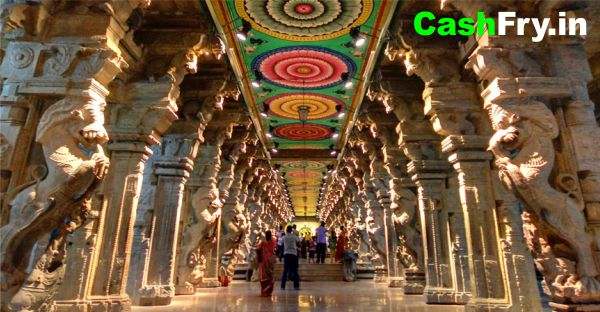
Mandapams means halls in Sanskrit. You can call it the temple porch as well.
There is Ayirakkal Mandapam which has got 985 pillars.
Kilikoondu Mandapam was built to keep parrots. These parrots were taught to speak the name of ‘Meenakshi’.
Ashta Shakthi Mandapam was made to house sculptures of 8 Goddesses.
Nayaka Mandapam was made to house Nataraja Statue. Check out 5 Best Places to Visit in India During Spring.
